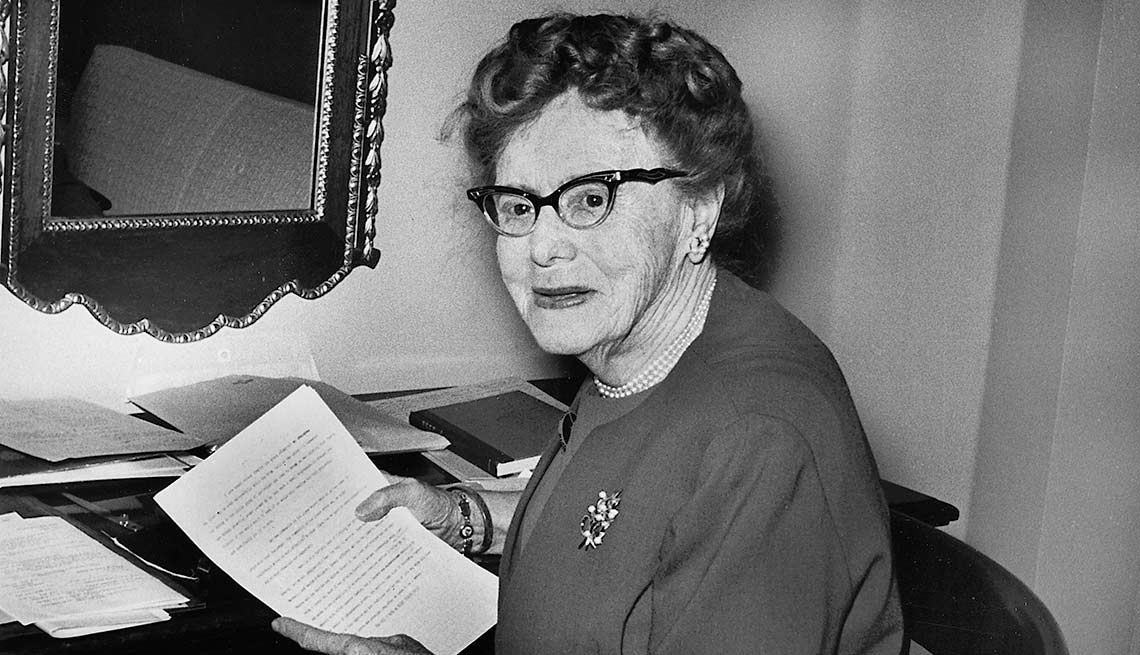
Blazing a Path to Real Possibilities
- Select a language for the TTS:
- UK English Female
- UK English Male
- US English Female
- US English Male
- Australian Female
- Australian Male
- Language selected: (auto detect) - EN
Play all audios:

AARP's most popular and enduring programs and activities can be traced directly back to the experiences of our founder, Dr. Ethel Percy Andrus. AARP Facebook Twitter LinkedIn
As AARP celebrates its 60th anniversary this summer, many of its most popular and enduring programs and activities can be traced directly back to the experiences of our founder, Dr. Ethel
Percy Andrus. Born in the 19th century, she changed the way America viewed aging in the latter half of the 20th century, opening a path to real possibilities for purposeful living in our
later years that still guides us today. Dr. Andrus’ life was a series of firsts achieved and frontiers crossed.
Educator
When she was named principal of Lincoln High School in Los Angeles in 1916, Dr. Andrus became the first woman to lead a major urban high school in California. She pioneered programs in
vocational education and in adult learning through night classes. Today’s AARP continues that emphasis on lifelong learning. AARP offers in-person workshops and online courses at
aarp.org/learnat50plus.
CaregiverAfter 28 years as Lincoln High’s principal, Dr. Andrus retired to take care of her ailing mother. When her mother regained her health, Dr. Andrus later wrote, she “urged my doing for older
folks what I had with great good fortune been able to do for her.” Today’s AARP provides a wide menu of caregiving resources (aarp.org/caregiving) and advocates in every state and nationally
to support family caregivers.
InnovatorChecking on a former teacher, Dr. Andrus was startled to find the woman living in a chicken coop because her $40 monthly pension was not enough to cover adequate housing or health care. Her
plight left an indelible impression on Dr. Andrus. She began an extraordinary second act as a tireless champion, first of retired educators and then of all older adults.
